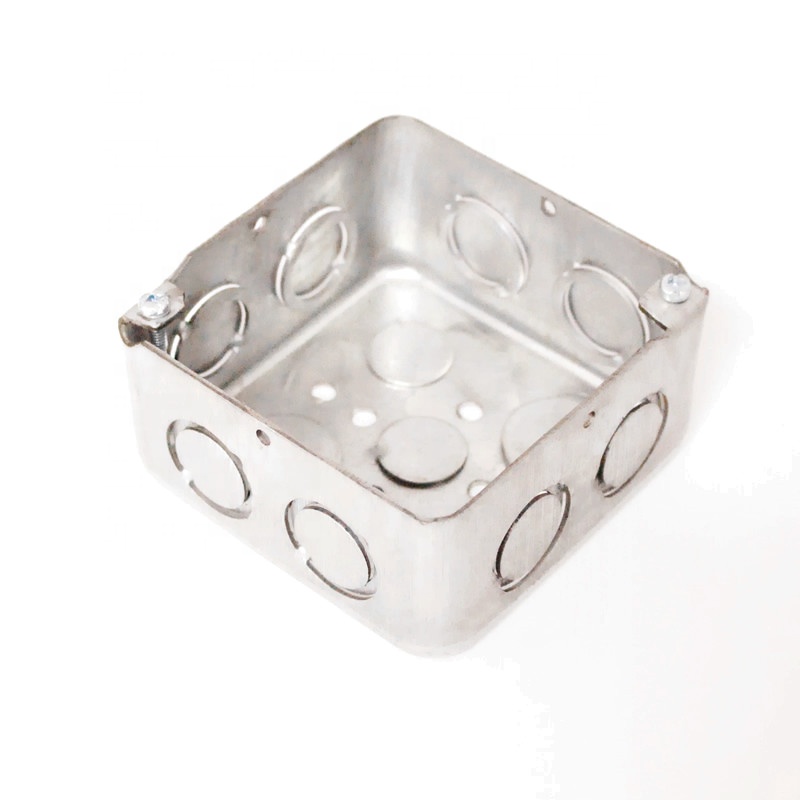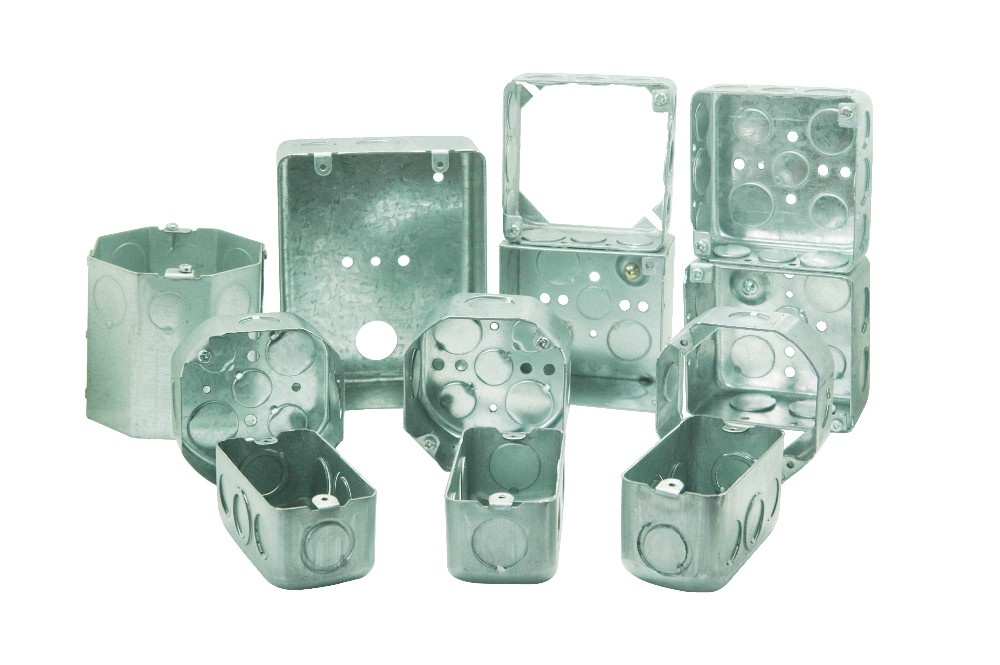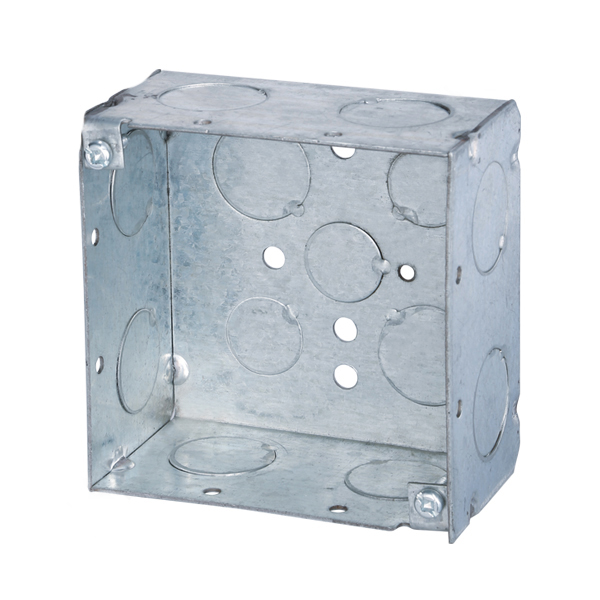Electrical boxes, also known as junction boxes, enclose wire connections. They help protect against short circuits, which can cause fires. This guide describes the different types of electrical boxes, their materials and their applications. They come in many shapes and sizes to fit wherever you need them. Learn about the differences so you can feel confident that you’re choosing the right box for your project.
Specific boxes are designed for indoor or outdoor use, while others are made for installation behind or outside of walls. They can contain light switches, wires or outlets.
Handy Box: Mounts on the surface of a wall. Can contain light switches or receptacles. Ideal for areas where behind-the-wall installation is difficult or impossible.
Junction Box: Wires connect only to each other, never to a switch, receptacle or fixture. Allows circuits to safely split and branch into different directions.
New Work Box: Installed as part of a new construction project. Mounts directly to studs or joists, or is placed between two studs using a bar hanger before applying drywall.
Old Work Box: Also called a “remodeling box.” Installed on drywall after it has been hung. Has clamps built into the box and is ideal for adding new outlets to pre-existing walls.
Outdoor Box: Available in metal and nonmetallic units. Protects wiring from the elements with gaskets, sealed seams and watertight covers.
Tip: Electrical code requires that all electrical boxes are fitted with box covers. Exterior covers must be watertight.


